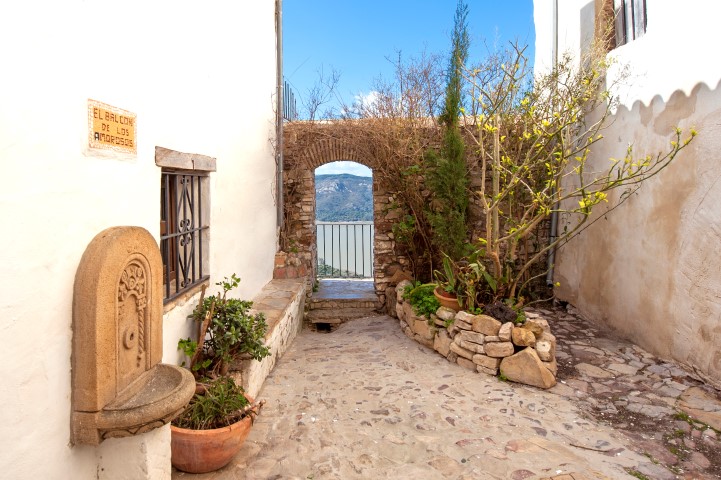Gira tu dispositivo para una experiencia óptima
Gira tu dispositivo para una experiencia óptima

2 días

Naturaleza

Cultura

Cádiz oculta
Enter your email address and in a few seconds you will have the experience on your mobile so you can see it whenever you want.
We have emailed you the experience; enjoy Cadiz like never before.
Don't you get your experience?
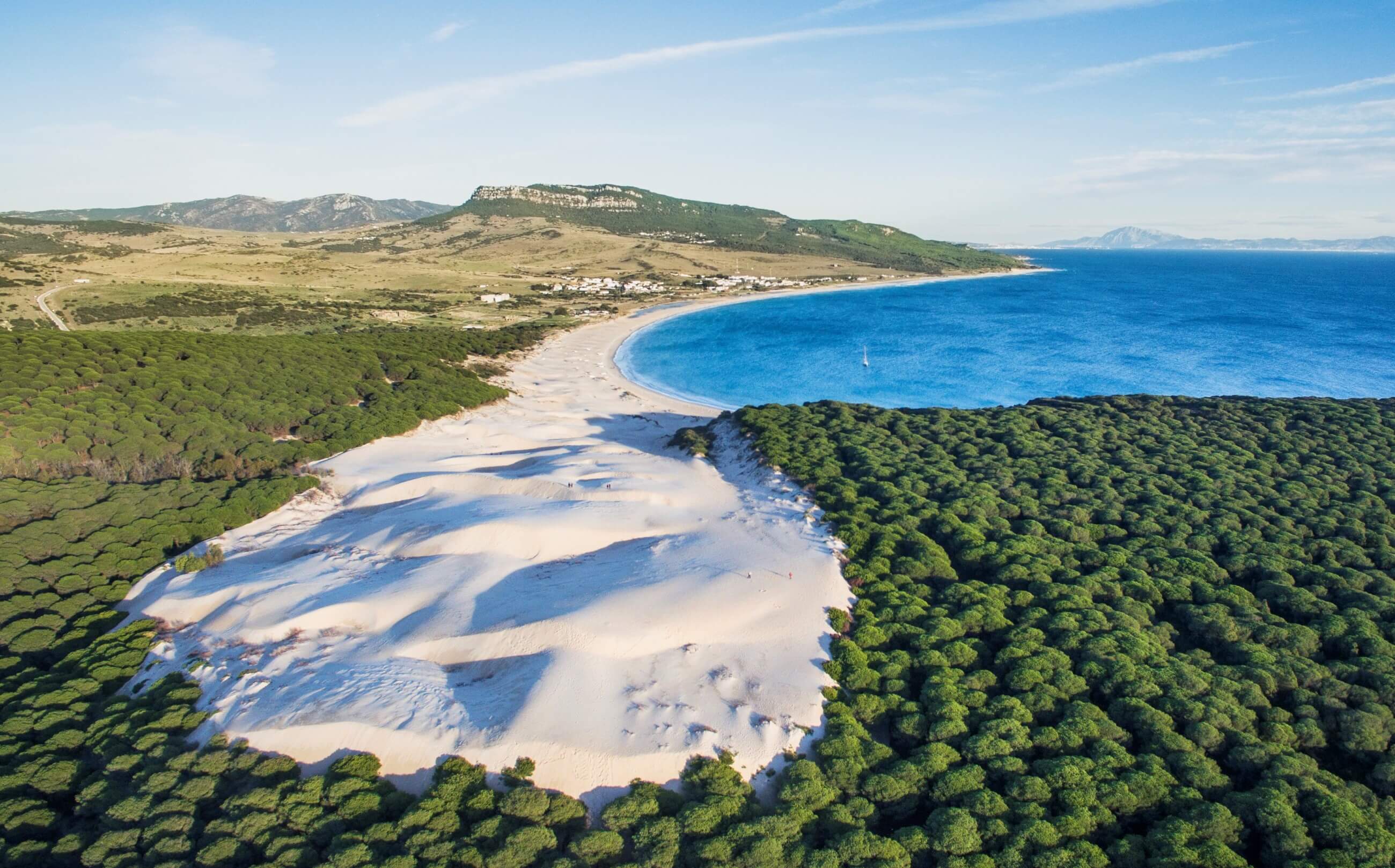
Here you can start the day with a proper breakfast at one of the inns with the most pedigree in the province, such as El Frenazo, which opened in the 70s, or San Isidro, which has all the charm of one of the oldest hostelries. To take on a day with your batteries full, what better than a good slice of rustic bread or a locally made Antequeran tender bread, accompanied by the regional spreads, called mantecas. We recommend the manteca colorá spread made of lard seasoned with bay leaf and oregano and cooked with minced or chopped pieces of pork for the finest palates.
The municipality where you are now, Los Barrios, nestles within one of the most ecologically valuable ecosystems in the province of Cadiz: the Los Alcornocales Natural Park. Prepare yourself for a walk amongst groves of laurel trees from the Tertiary Period, in a microclimate where ferns, ash, willow and alder trees all grow together. A real feast for the senses as you listen to the sound of the river.
The circular route of the trail of Valdeinfierno is a flat and easily accessible path and so is one of the most suitable for walks with children. To get there, take exit 73 on the Jerez - Los Barrios motorway, at the sign that takes you to the parking area, at the start of the Zanona trail.

Inserta aquí una nueva sección
After a two-hour tour, one great way to make it all complete is to head off to the neighbouring town of Castellar de la Frontera, a wonderful place famous for being the only municipality in the province of Cadiz that is divided into two: Castellar “El Nuevo” and Castellar "Viejo". Are you ready for a trip back in time to the Middle Ages, with castles, cobbled streets and watchtowers?
Enjoy a traditional game stew of the region in the restaurant at the tourist complex of Castillo de Castellar, inside the walls of the local castle. Built in the 13th century, the castle is ideal for a unique experience suitable for any medieval knight.
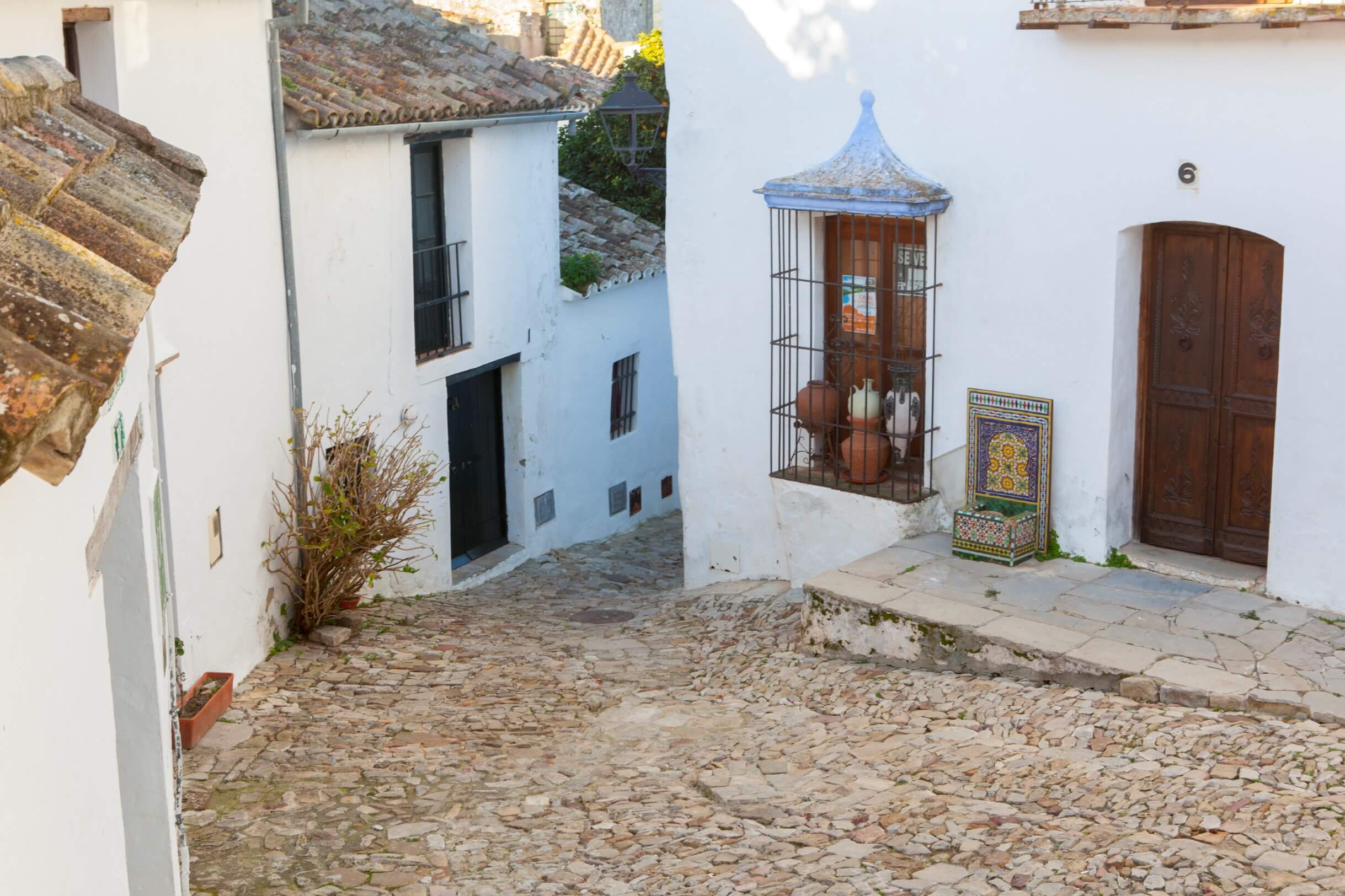
After this stop to get your strength back, it's time to go to the animal rescue centre and zoo of Castellar..
The centre is a foundation created to help abandoned species requisitioned by the authorities and animal victims of the black market. The space offers a unique opportunity for direct contact with the rescued animals and also teaches both old and young about the value of respecting nature.
A wonderful way to spend an afternoon, in the company of monkeys, snakes, parrots, lions and tigers. Can you guess the habitat of each animal? The foundation educators are there you to help you find out.
TAfter one last evening walk around Castellar Viejo to enjoy the peace and tranquillity you can find there, the day comes to an end. Now it's time to rest so you can enjoy the next day with your batteries recharged.

After a hearty breakfast in a bar hidden in the streets of Castellar, it's time to set off to the maritime city of Algeciras, where “two continents and two seas” can be seen from its strategic position on the Strait of Gibraltar.
Birthplace of the famous guitarist, Paco de Lucía, Algeciras conceals hidden treasures such as the highly popular Garganta del Capitán, in the Mediterranean Intercontinental Biosphere Reserve.
This route, which runs parallel to the Río de la Miel, winds its way through cool shaded areas, forests typical of Los Alcornocales Natural Park, the remains of old flour mills and many Bronze Age tombs excavated into the rock.
Can you guess why it's called the Garganta del Capitán (Captain’s Throat)? Legend has it that a soldier called Gabriel Moreno, who fought in the war with Denmark and was promoted to captain for bravery, returned to Spain and fought against the French invaders in the Peninsular War before becoming a bandit and disappearing into the Sierra de Algeciras. The place where he was shot to death is now called the Garganta del Capitán in his honour and it's said that his ghost still wanders around the area. A place full of mystery, wouldn't you say?
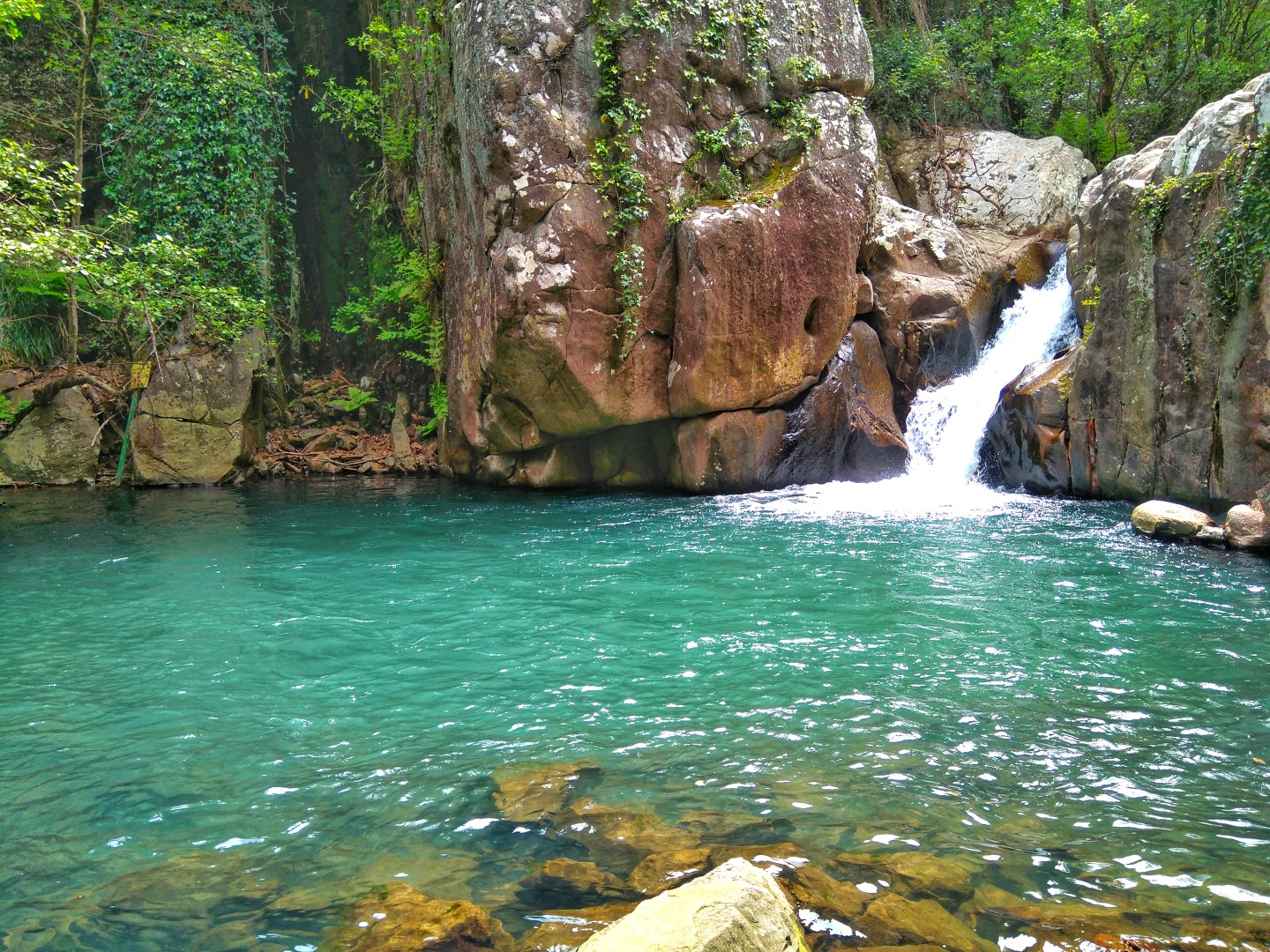
If your schedule allows, take a refreshing dip under the waterfalls of the Garganta and then take a trip to the rallying point of wind sports: Tarifa.
Tarifa stands out for being a town that happily combines the most modern European trends with the traditions and look of a fishing village. The whitewashed houses interspersed with small craft shops and surf boutiques make this village, much frequented by lovers of bohemian healthy living and sports, a perfect place to get lost in.
For lunch, what could be better than discovering one of its many delightful bars and restaurants with fusions or Arab and European cuisine or the most unique dishes of the region taken from the sea and the gaditanos vegetable gardens?
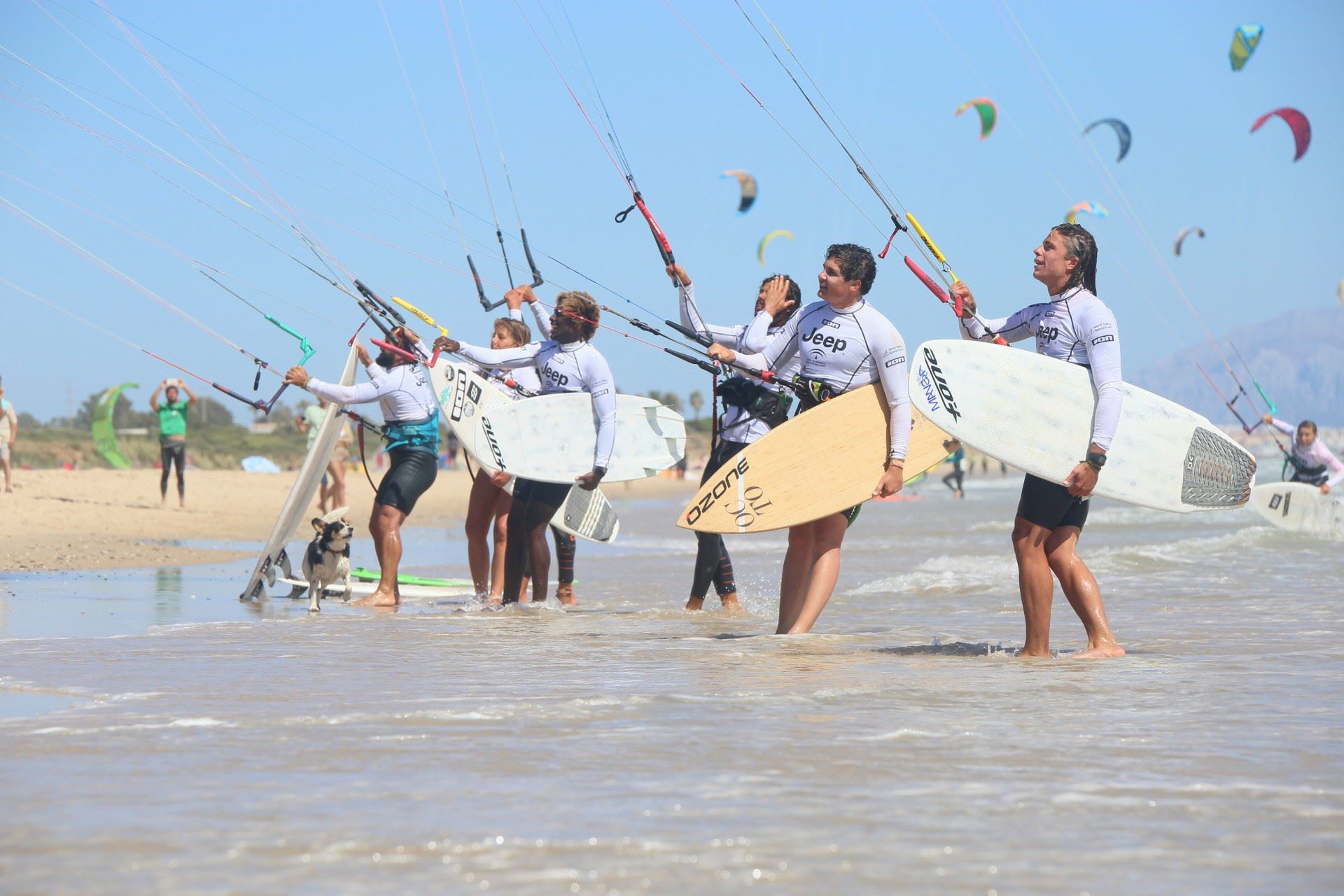
A little before four in the afternoon, you'll be ready to get your tickets for the great maritime adventure of the Straits.
For more than two hours, you'll enjoy a trip on board a ship to see some very special marine inhabitants of the coasts of Cadiz and Morocco: striped dolphins, sperm, finback and killer whales and many more. Imagine the excitement at seeing them jump freely in their own habitat, and with the coast of Africa as a backdrop. Get your sunscreen, camera and prepare yourself for a unique spectacle. A wonderful experience for young and old alike!
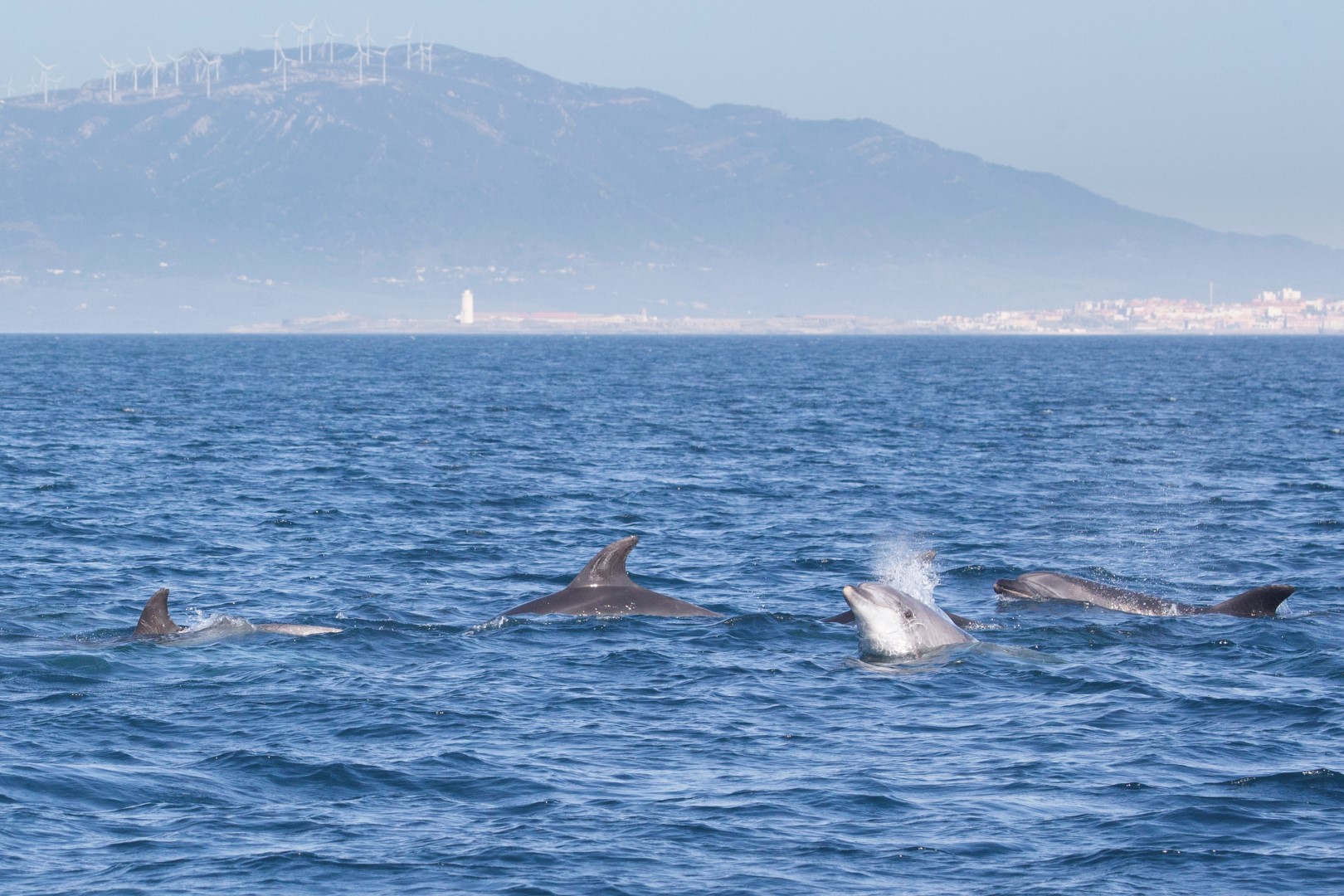
Did you know that Cadiz had one of the most important conserved and salted fish factories in the Roman Empire?
After navigating through the waves of the Straits, and to make a perfect end to the day, we set off to the archaeological site of Baelo Claudia, which was declared a National Historical Monument.
Not only is it special for being so well preserved, the surroundings make it unique too: the beach of Bolonia, one of the wildest and most beautiful beaches in the province of Cadiz.
Baelo Claudia was famous for being the production centre of a very popular sauce called garum, which was exported throughout the Empire. Besides the factory, it was also a thriving town where the remains of buildings and monuments from the periods of Augustus and Claudius can still be seen.
The Roman theatre of Baelo Claudia has been refurbished to offer shows and events and if you're lucky, you'll be there to see a music festival or a theatre play just like a true Roman citizen.
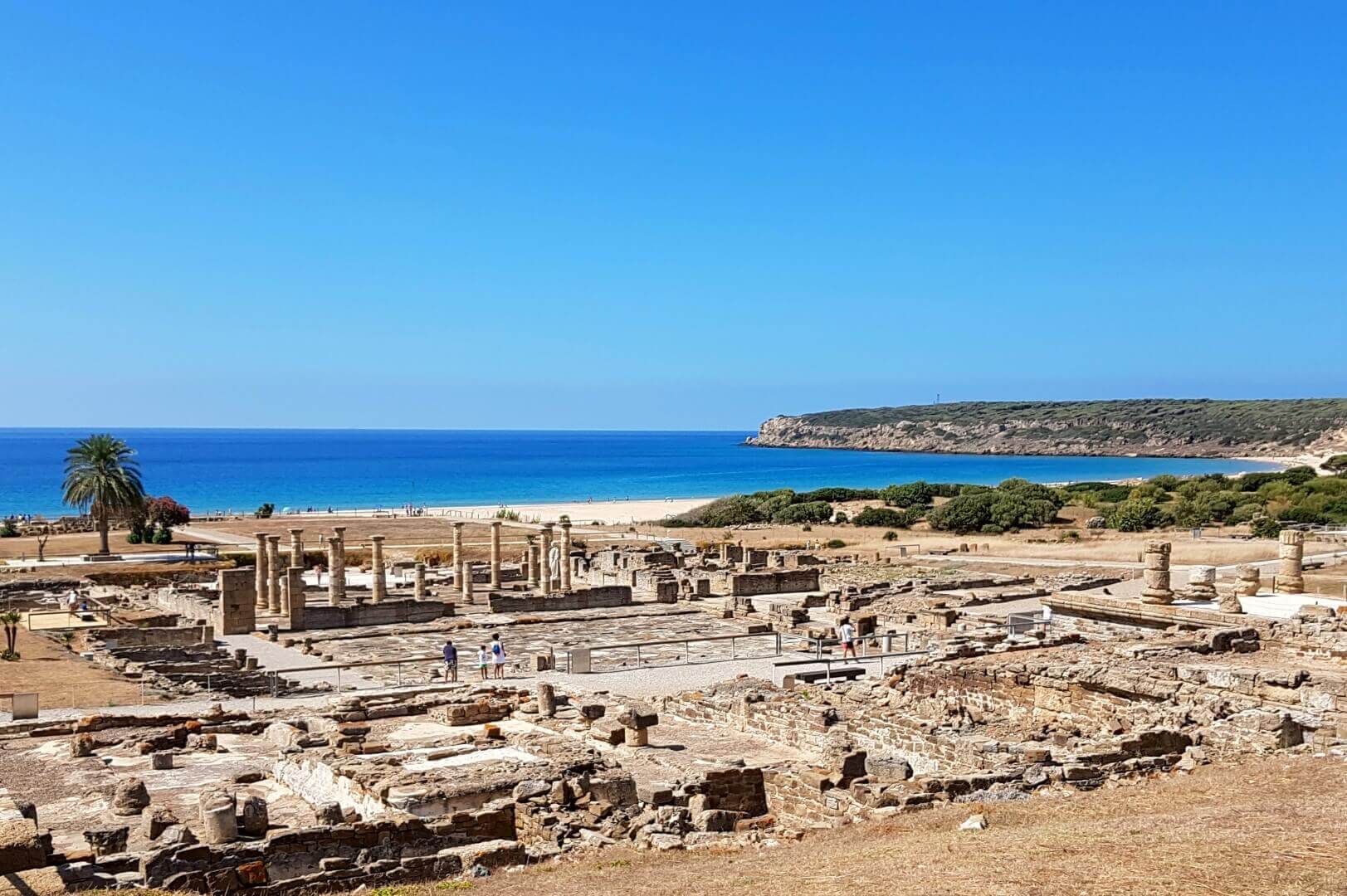
| Kilómetres: 89.6 Km. |
| Estimated driving time: 1hour and 30 minuts. |
| Recommended number of days: 2 |
| Main attractions: Cultur, nature and gastronomy. |
| See route on map: Google maps |
